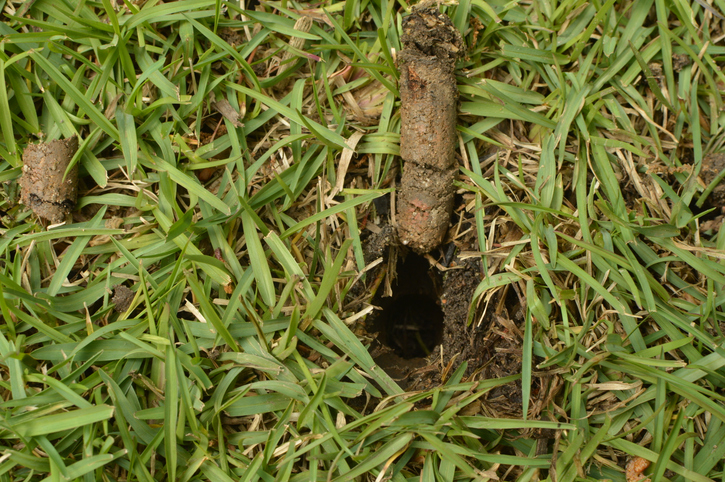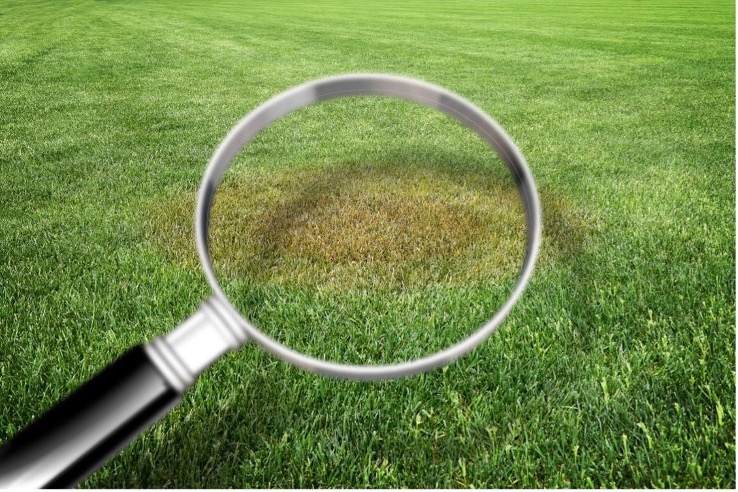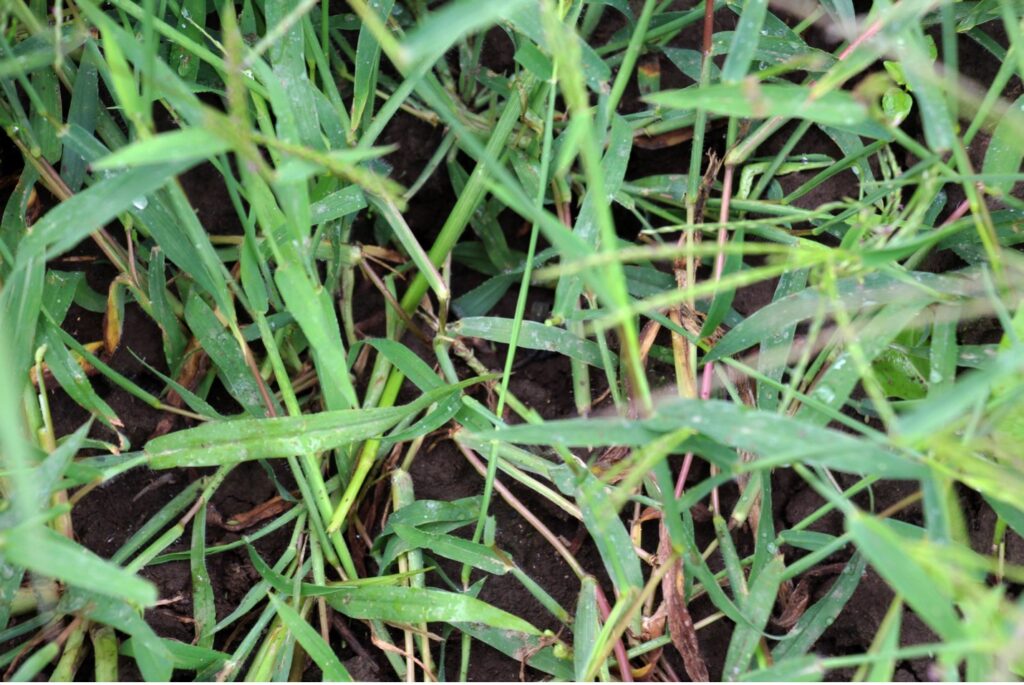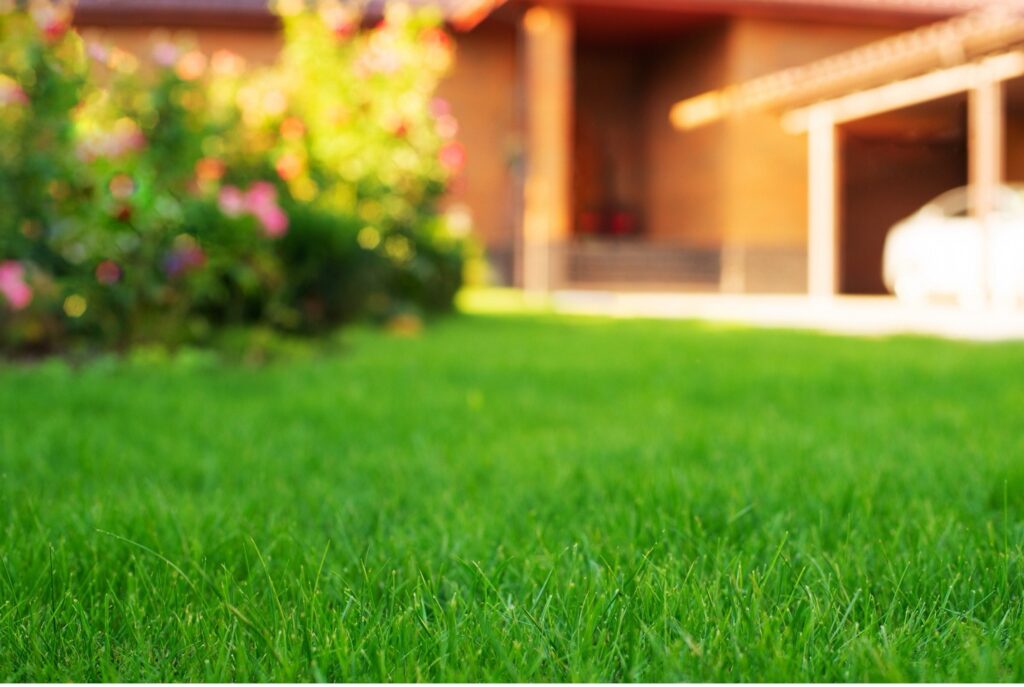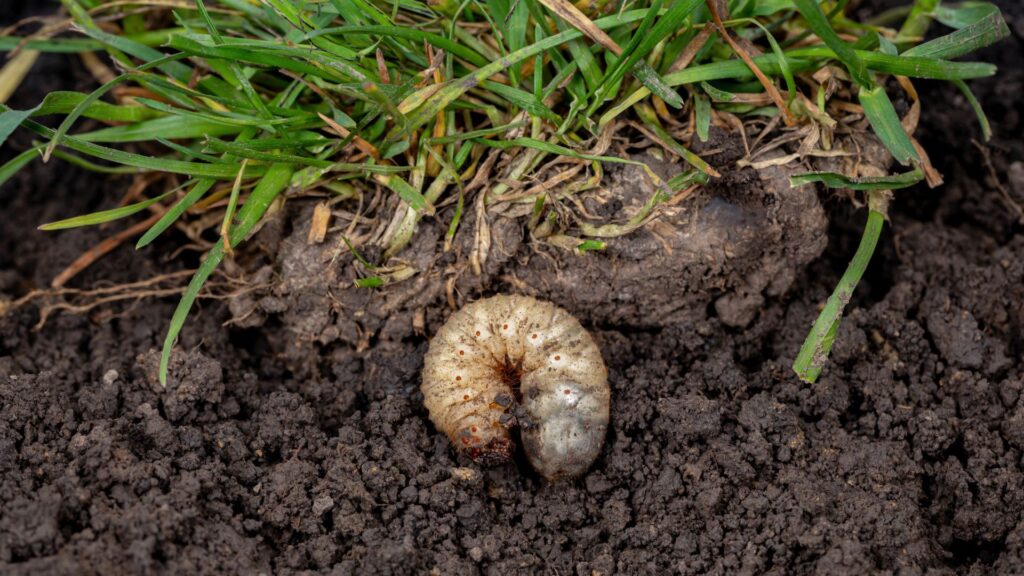Spring is here, and lawns are emerging from their winter dormancy. If you’re now thinking about the health of your lawn, considering whether or not to aerate might just be the missing link starting things off right. Aerating your lawn is more than just poking holes in the ground; it’s an opportunity to restore life to your turf. In this post, we’ll explore why aeration is important, how to decide if your lawn needs it, and what your options are for getting the job done this spring.
The Deep Roots of Lawn Aeration
Aeration is to your lawn what a breath of fresh air is to you—a vital process that keeps your turf alive and thriving. During aeration, small plugs of soil and thatch are removed, allowing much-needed oxygen, water, and nutrients to penetrate the root zone. Think of it as an exfoliation for the earth—stripping away the dull, lifeless layers on top to reveal a more radiant vitality beneath.
But how do you know if your lawn is screaming out for an aeration session? And once you’ve determined the need, should you don the gardening gloves and do it yourself or call in the professionals? This blog dives into those questions while guiding you through the decision-making process that’ll breathe new life into your green spaces.
Understanding Lawn Aeration: Why and How
Before plunging some tines into the turf, understanding the ‘why’ is as critical as the ‘how’. Lawn aeration can transform your lawn’s health by directly addressing common soil issues that impede growth. Compaction, which often occurs in high-traffic areas or under heavy clay soils, literally squeezes the life out of your lawn, stifling root development and nutrient uptake.
By aerating, you’re giving your roots a fighting chance. You’re breaking up the compacted soil, allowing the roots to breathe and absorb everything they need to flourish. This method is crucial for encouraging healthy microbial activity in the soil and ensuring that your lawn stays lush throughout the season.
The benefits of aeration include:
- Increased nutrient absorption
- Better water infiltration
- Improved oxygenation
- Accelerated root growth
- Enhanced microbial activity
Aerating isn’t just a once-in-a-blue-moon fix; it’s part of a well-rounded maintenance routine that keeps your lawn looking its best long-term.
Signs Your Lawn is Pleading for Aeration
Here are some telltale signs that your lawn needs some aeration “therapy” this spring.
- Highly compacted areas might become so dense that you can’t drive a spade into the ground. This compacted resistance is your soil’s cry for help.
- Thick thatch: A thin layer of thatch is normal and can benefit your lawn, but too much—over about half an inch—can strangle your turf by blocking water and nutrients from reaching the roots.
- Puddling water: if watering your lawn often leads to puddles that stick around, it’s a sign of compacted soil and poor drainage. Aerating can help water seep where it’s needed instead of sitting on the surface.
Regional differences
Understanding the specifics of your lawn is essential. Different grass types might have different aeration needs, and climate can play a significant role in how often your soil needs to breathe.
For cool-season grasses like fescue or bluegrass, aeration is typically beneficial in the spring, while warm-season grasses may prefer an aeration session in early summer to prepare for the growing season. Be sure to check your grass type’s preference before proceeding with aeration.
Regions with heavy rainfall might compact their soil more often, calling for more frequent aeration. Contrariwise, those in drier areas can often afford to aerate less.
Deciding Who Takes on the Task
Once you’ve acknowledged your lawn’s needs, it’s time to consider your role in the process. DIY aeration can be a cost-effective way to maintain your lawn, but professional aeration comes with its perks, too.
Do it Yourself and Feel the Earth
DIY aeration allows you to get up close and personal with your lawn. You control the process, and you save a few bucks.
There are, however, some downsides. Manual aerators can be time-consuming and physically demanding, especially on larger lawns. And if the tool isn’t sharp or used correctly, it might cause more harm than good.
Professional Care for a Professional Look
Pro services come equipped with powerful machines and the expertise to use them effectively. The downside here is primarily cost. Professional services will come with a price tag, but the trade-off can be well worth the investment, particularly for those with larger lawns and limited time or physical ability to DIY.
Nurturing Your Lawn Into Spring
Aeration isn’t a one-size-fits-all solution, but for most lawns, it’s an essential part of springtime care. The process can be the key to ensuring that your soil breathes, roots grow, and your grass thrives. By understanding the benefit of aeration, recognizing the signs your lawn gives, and weighing your options for achieving the process, you’re setting your lawn up for the healthiest spring possible.
Remember, the choice is yours—DIY aeration can be a satisfying project for those with the time and energy, while professional services offer a convenient, thorough solution. In the end, the decision to aerate is the first step in a season-long commitment to a lawn you love.

